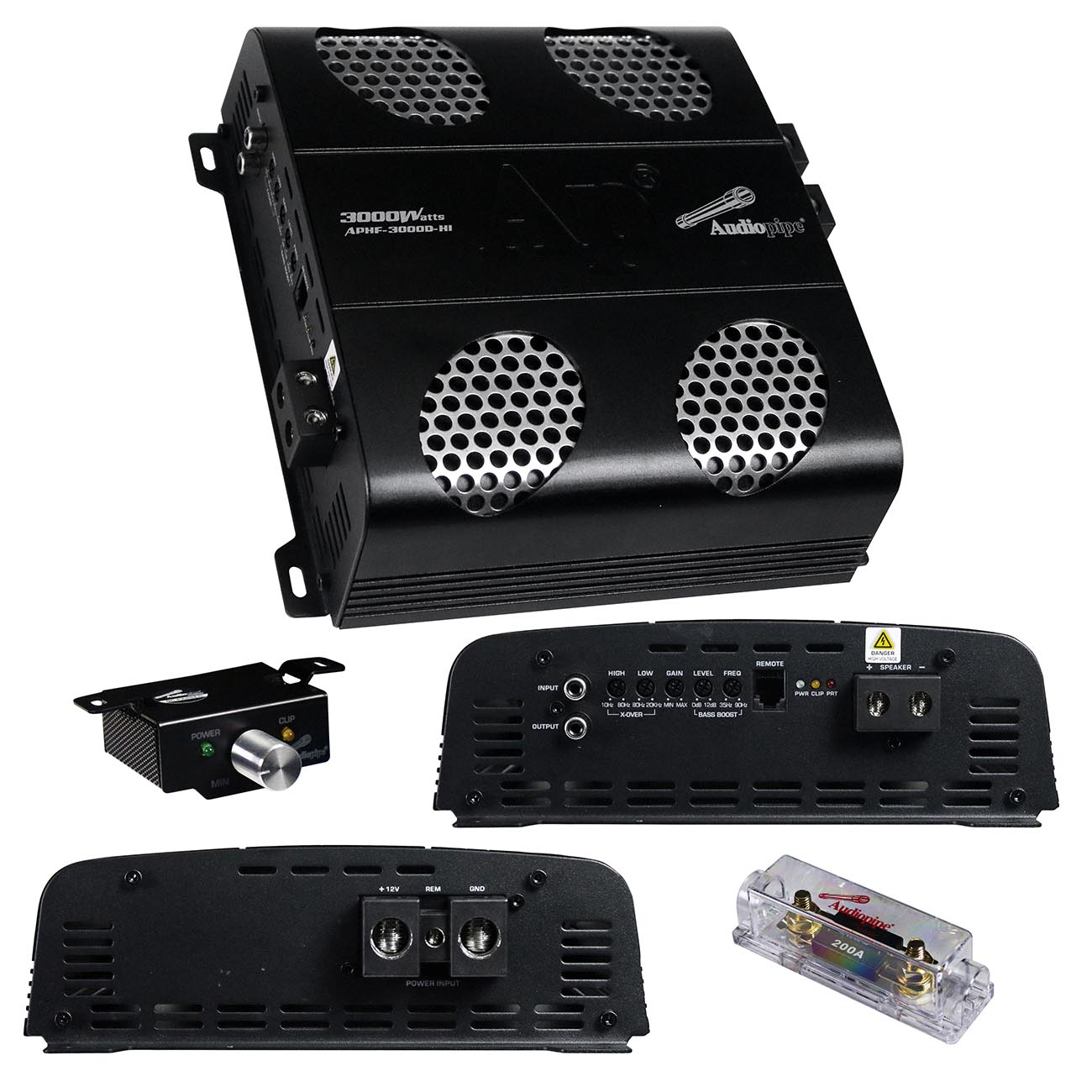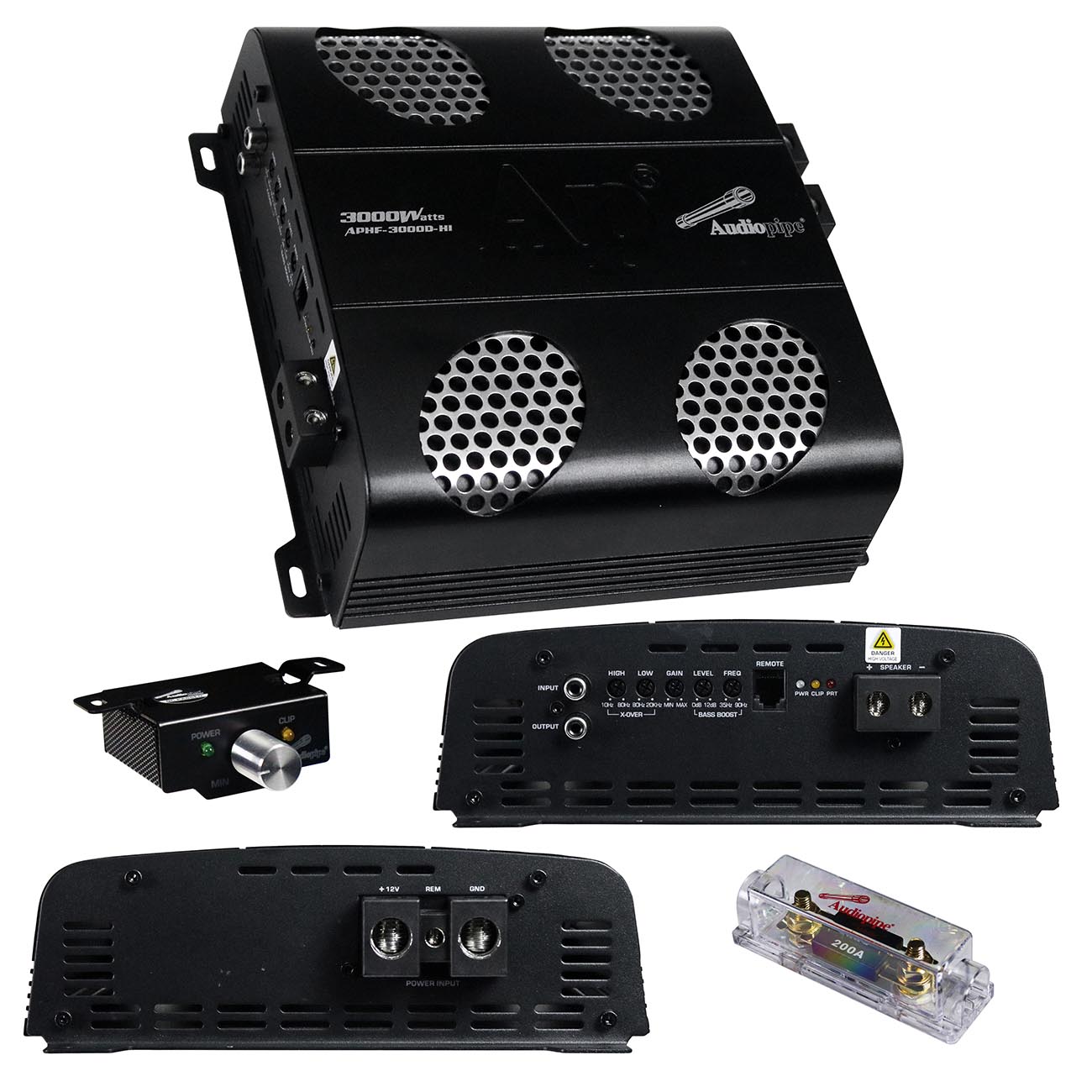Answer
Aug 21, 2024 - 04:16 PM
Class D amplifiers are not inherently bad; in fact, they offer several advantages, particularly in specific applications like car audio systems and subwoofer amplification. However, whether a Class D amplifier is the right choice depends on your specific needs and preferences. Here’s a balanced look at the pros and cons of Class D amplifiers:
Advantages of Class D Amplifiers-
High Efficiency
- Energy Efficiency: Class D amplifiers are known for their high efficiency, often exceeding 90%. This means they convert more of the electrical power into audio output with less heat generation, making them ideal for environments where power efficiency is crucial, like in car audio systems.
- Less Heat Production: Because they generate less heat, Class D amplifiers require smaller cooling systems, which allows them to be more compact and easier to install in tight spaces.
-
Compact Size
- Space-Saving Design: The reduced need for large heatsinks and cooling fans means Class D amplifiers can be smaller and lighter than other types of amplifiers, such as Class AB. This makes them highly suitable for applications where space is limited.
-
High Power Output
- Powerful Performance: Class D amplifiers can deliver high power output, which is particularly useful for driving subwoofers and achieving strong, impactful bass in car audio systems.
-
Versatility
- Flexible Applications: Class D amplifiers are used in a variety of applications, from car audio and home theater systems to professional sound reinforcement. Modern Class D amps have significantly improved in sound quality, making them suitable not only for subwoofers but also for full-range audio in some cases.
-
Sound Quality Concerns (Historically)
- High-Frequency Distortion: Early Class D amplifiers were known for having higher levels of distortion, particularly in the midrange and treble frequencies, compared to Class AB amplifiers. This led to the perception that Class D amps were not as suitable for high-fidelity audio applications.
- Improvements: However, advancements in technology have significantly reduced these issues, and many modern Class D amplifiers now offer excellent sound quality that rivals other amplifier classes, especially when used in the right application.
-
Complexity in Design
- Switching Noise: The switching process in Class D amplifiers can introduce high-frequency noise, which needs to be filtered out effectively to avoid affecting sound quality. Poorly designed or cheap Class D amplifiers may have inadequate filtering, leading to potential sound quality issues.
- More Complex Circuitry: Class D amplifiers use more complex circuitry, which can make them harder to repair or modify compared to simpler designs like Class A or Class AB amplifiers.
-
Application-Specific Performance
- Best for Subwoofers: Class D amplifiers excel in applications where power efficiency and bass performance are critical, such as in subwoofers. However, for audiophiles who prioritize full-range sound quality, particularly in the midrange and treble, a well-designed Class AB amplifier might still be preferred.
Class D amplifiers are not bad; in fact, they offer significant advantages in terms of efficiency, size, and power output. They are particularly well-suited for subwoofer amplification and other applications where these factors are crucial. While they historically had a reputation for lower sound quality compared to Class AB amplifiers, modern advancements have closed this gap significantly. For most users, especially in car audio or home theater setups, a Class D amplifier can be an excellent choice, offering powerful performance in a compact and efficient package.





Add New Comment